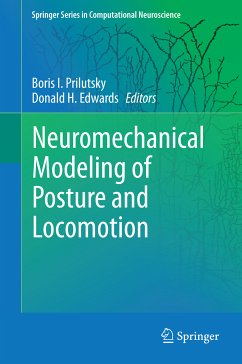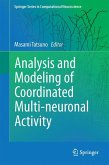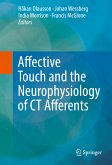This is the first book on neuromechanical modeling, a tool that integrates the massive body of knowledge in computational models and complex motor behaviors to reveal the mechanisms by which these behaviors emerge. The majority of research groups working in this area have contributed chapters to this book. The book covers a wide range of topics from theoretical studies linking the organization of spinal reflex pathways and central pattern generating circuits with morphology and mechanics of the musculoskeletal system, to detailed neuromechanical models of balance and locomotor control, to analyses of nonlinear transformations of neural signals by the musculoskeletal system. This book can be used as an introductory guideto this new and exciting area of computational neuroscience research.
Dieser Download kann aus rechtlichen Gründen nur mit Rechnungsadresse in A, B, BG, CY, CZ, D, DK, EW, E, FIN, F, GR, HR, H, IRL, I, LT, L, LR, M, NL, PL, P, R, S, SLO, SK ausgeliefert werden.









